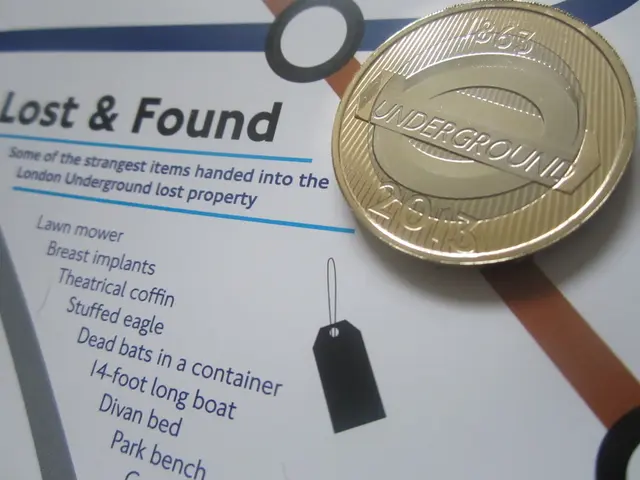Unveiling 7 Methods to Discern Native Plants and Wildlife Species that Awe Outdoors Enthusiasts
In the heart of your neighbourhood, a symphony of life unfolds, with insects and amphibians creating distinctive soundscapes that change throughout seasons and times of day. From the predictable chirps of crickets at certain temperatures to the chorus-like trills of spring peepers, the deep bass notes of bullfrogs, the buzzing of cicadas with species-specific patterns, and the repetitive calls of katydids during summer evenings, these sounds are the rhythm of nature.
To truly appreciate this symphony, understanding the local flora and fauna is essential. Habitat plays a crucial role in species identification, as each species has evolved to thrive in specific ecological niches. Whether you find yourself in wetlands, woodlands, or grasslands, this knowledge can help narrow down identification possibilities.
To aid in this quest, technology has become a valuable tool. The best apps for identifying local plants and animals include iNaturalist, Seek by iNaturalist, PlantNet, and Merlin Bird ID. These apps, combined with AI tools like Google Lens and specialized plant identifiers, can provide initial species identification by analysing visual clues. However, it's important to remember that these tools should be supplemented with further verification and the use of reliable field guides and books.
Direct observation is fundamental. Careful visual observation of distinguishing features, such as leaf shape, colour, flower structure, stem characteristics, habitat, and smell for plants; and size, colouration, behaviour, and habitat for animals, helps differentiate similar species.
Engaging in community science and local groups, such as iNaturalist, local nature centres, Wild Ones chapters, or regional naturalist organisations and clubs, encourages sharing observations, gaining expert feedback, and contributing to biodiversity mapping. Starting observations near home and gradually expanding builds both knowledge and community connection.
Field documentation techniques, such as taking clear photographs, recording precise locations with GPS, and making notes about habitat and conditions, support accurate identification and later review.
As you venture out, remember that your ears can identify wildlife long before your eyes spot them. Audio signatures provide reliable identification clues even when visibility is limited. To start identifying birds by their sounds, learn the calls and songs of five dominant bird species in your area and practice listening during dawn and dusk when birds are most active.
Mammals also communicate through specific vocalizations that reveal their presence and behaviour patterns. From the haunting howls of coyotes to the sharp alarm calls of squirrels, these sounds are vital clues to understanding the local wildlife.
Joining local nature groups offers hands-on learning experiences, access to experienced naturalists, and opportunities to participate in citizen science projects while building identification skills.
Creating a personal nature journal and photo database is another valuable tool. Record specific measurements, colours, textures, and environmental conditions for each species encountered, taking multiple photos from different angles, mapping exact locations, and tracking seasonal variations.
With these seven strategies, you're well-equipped to unlock the secrets of your local ecosystem and develop a lifelong appreciation for the incredible diversity that exists right outside your door. The wildlife in your area is waiting to be discovered.
In the pursuit of learning more about the wildlife symphony that unfolds in your neighbourhood, education-and-self-development opportunities, such as attending local nature groups, can offer hands-on learning experiences and access to experienced naturalists, aiding in the development of identification skills.
As you delve deeper into the local ecosystem, maintaining a personal nature journal and photo database can help document your discoveries, contributing to your lifestyle of enjoying and understanding the natural world around you.




